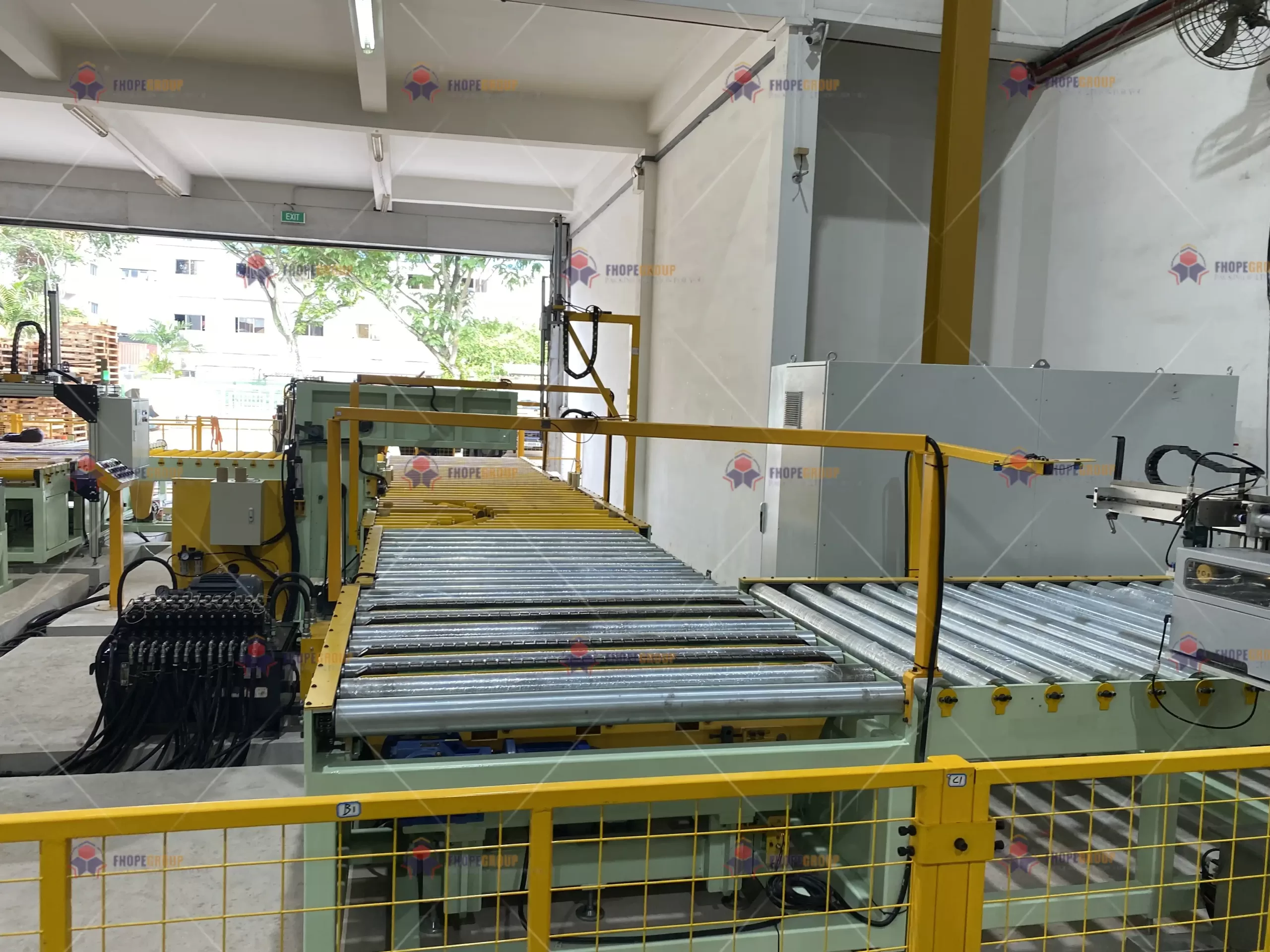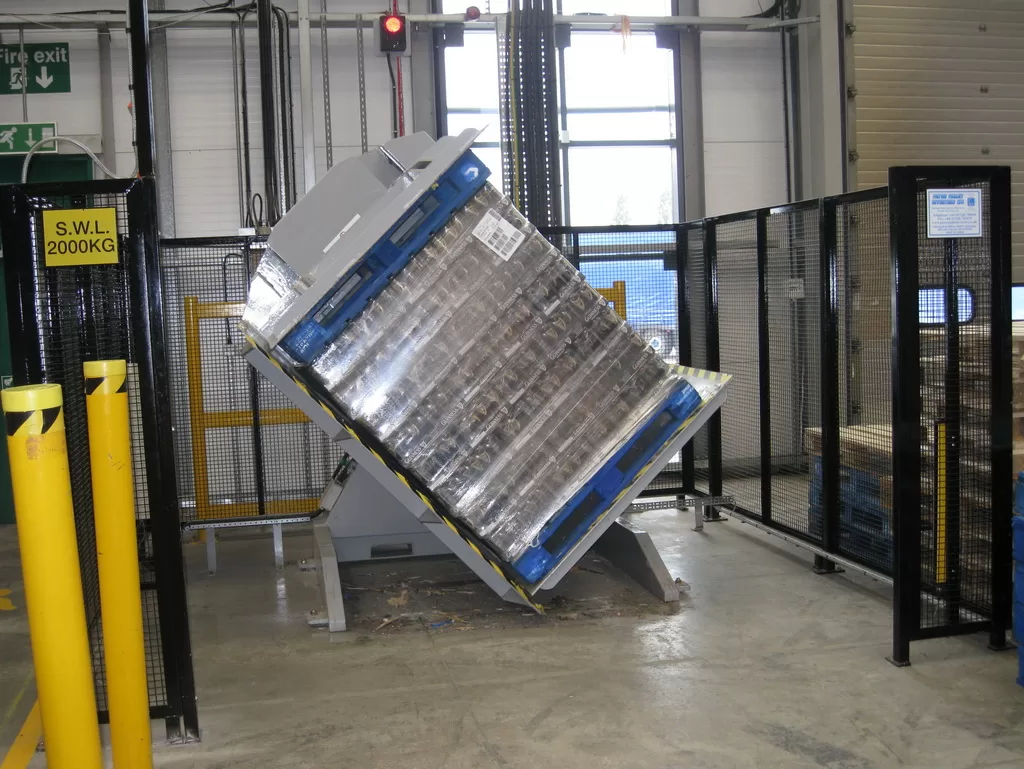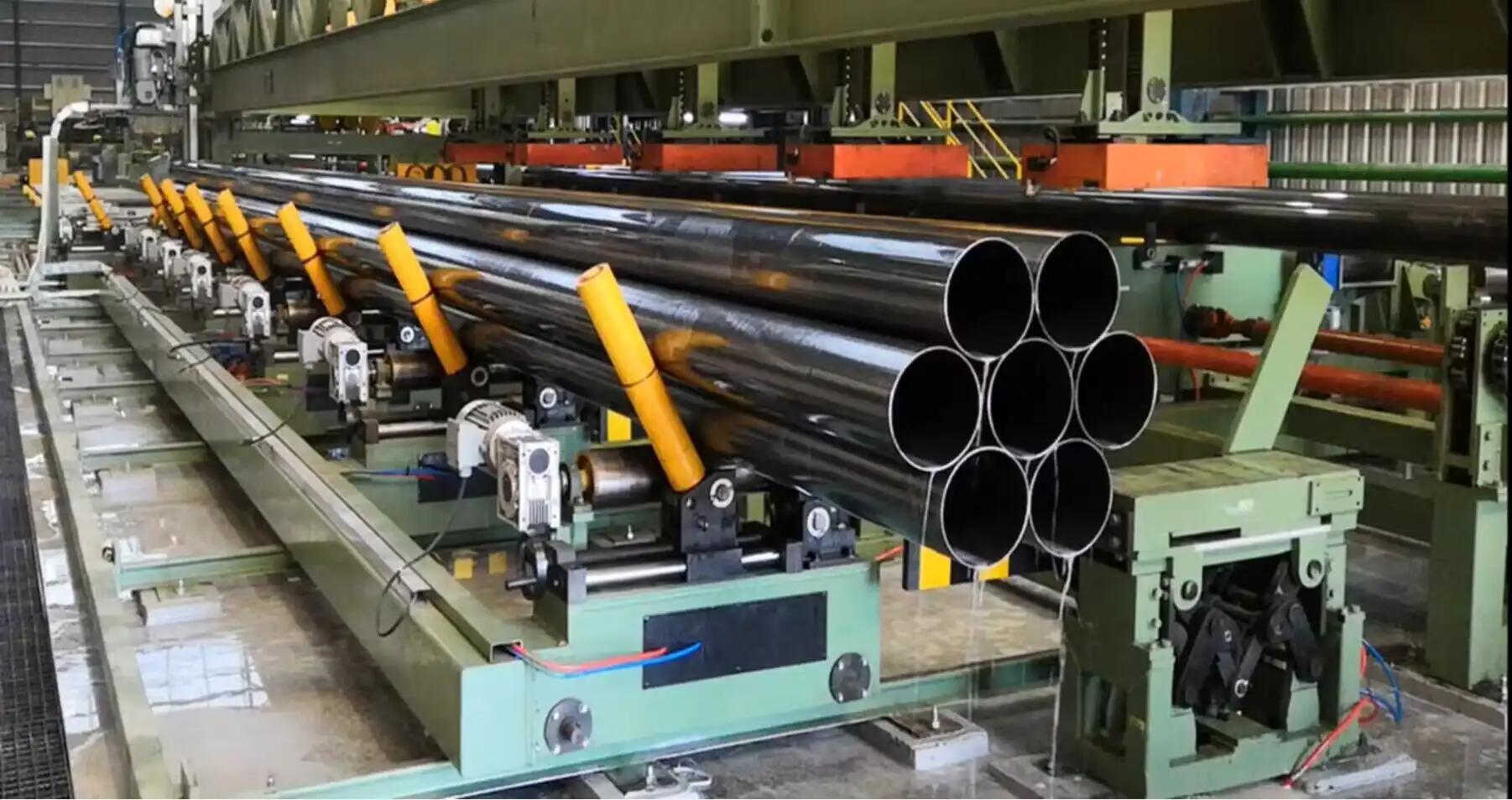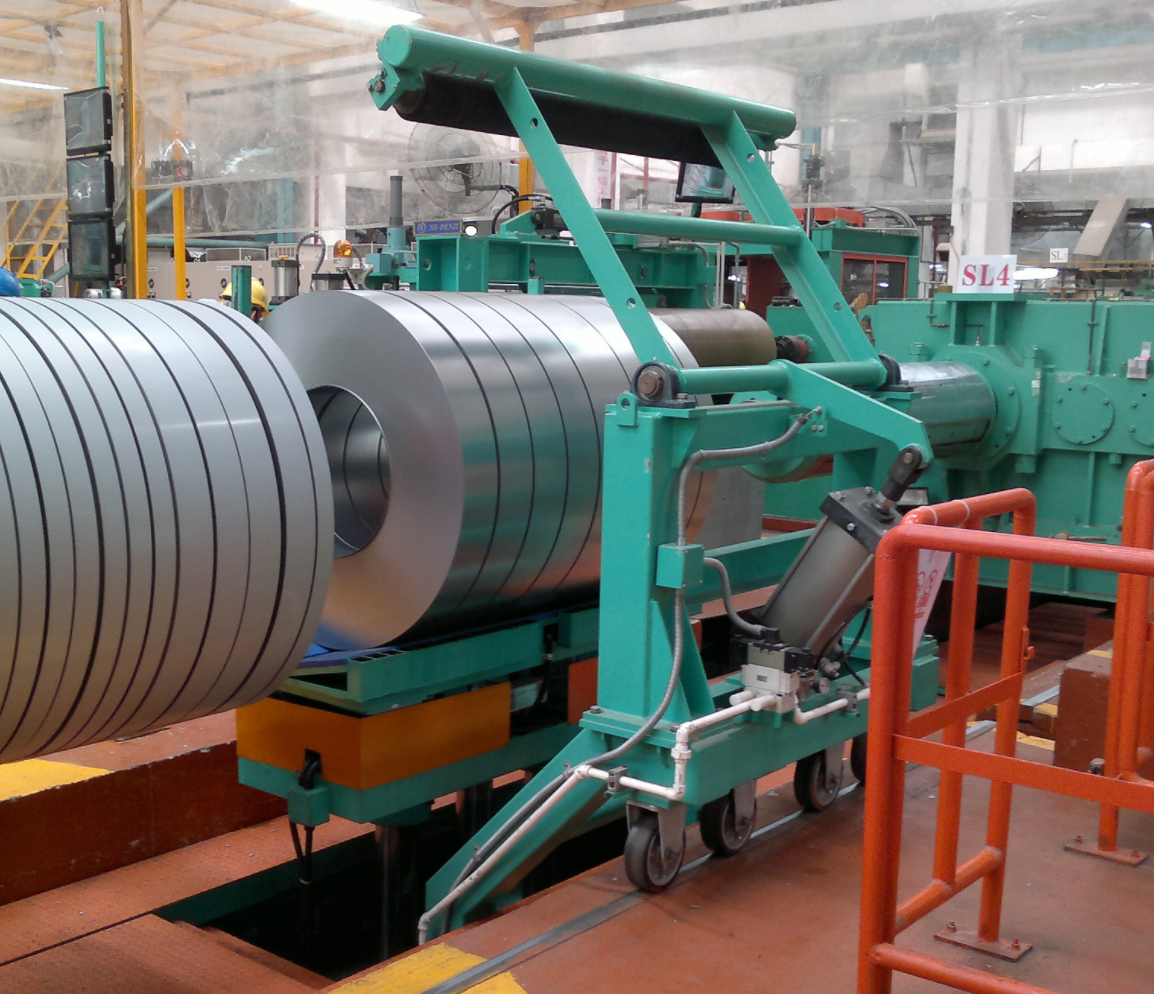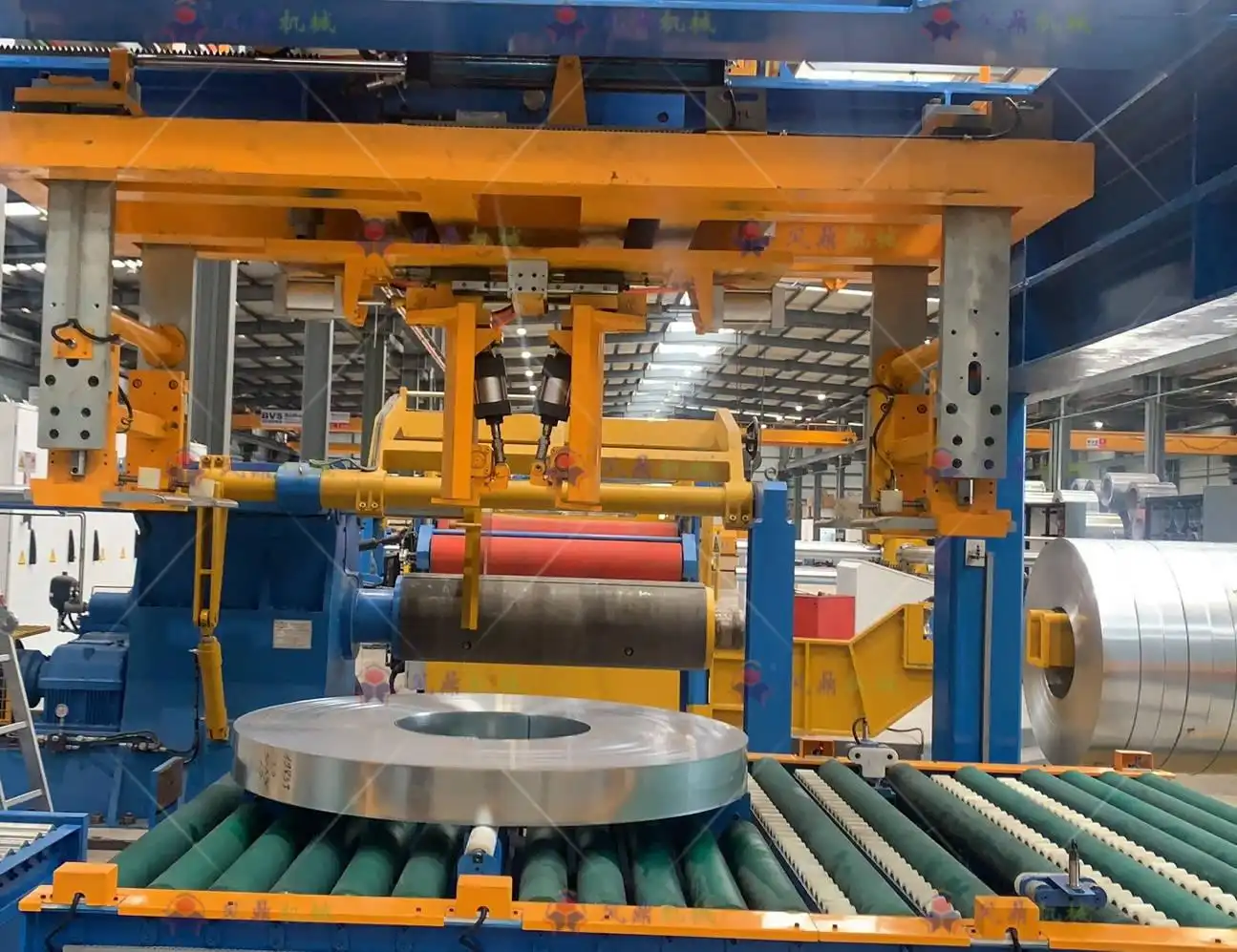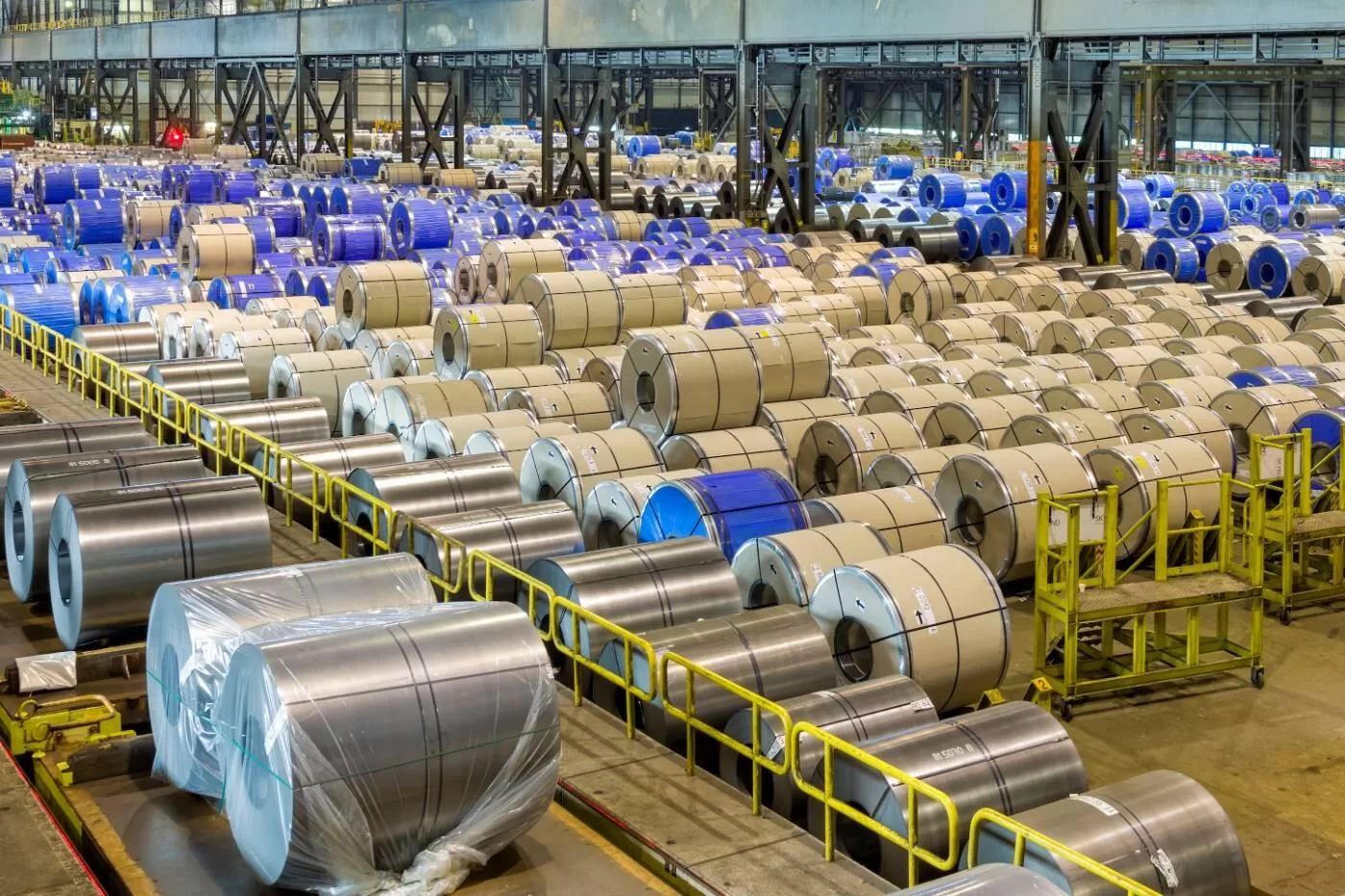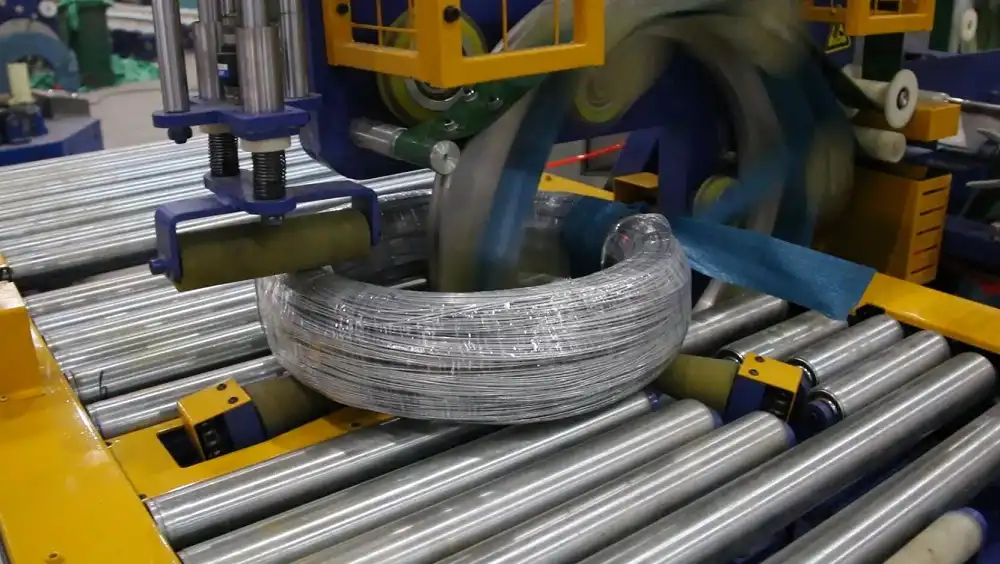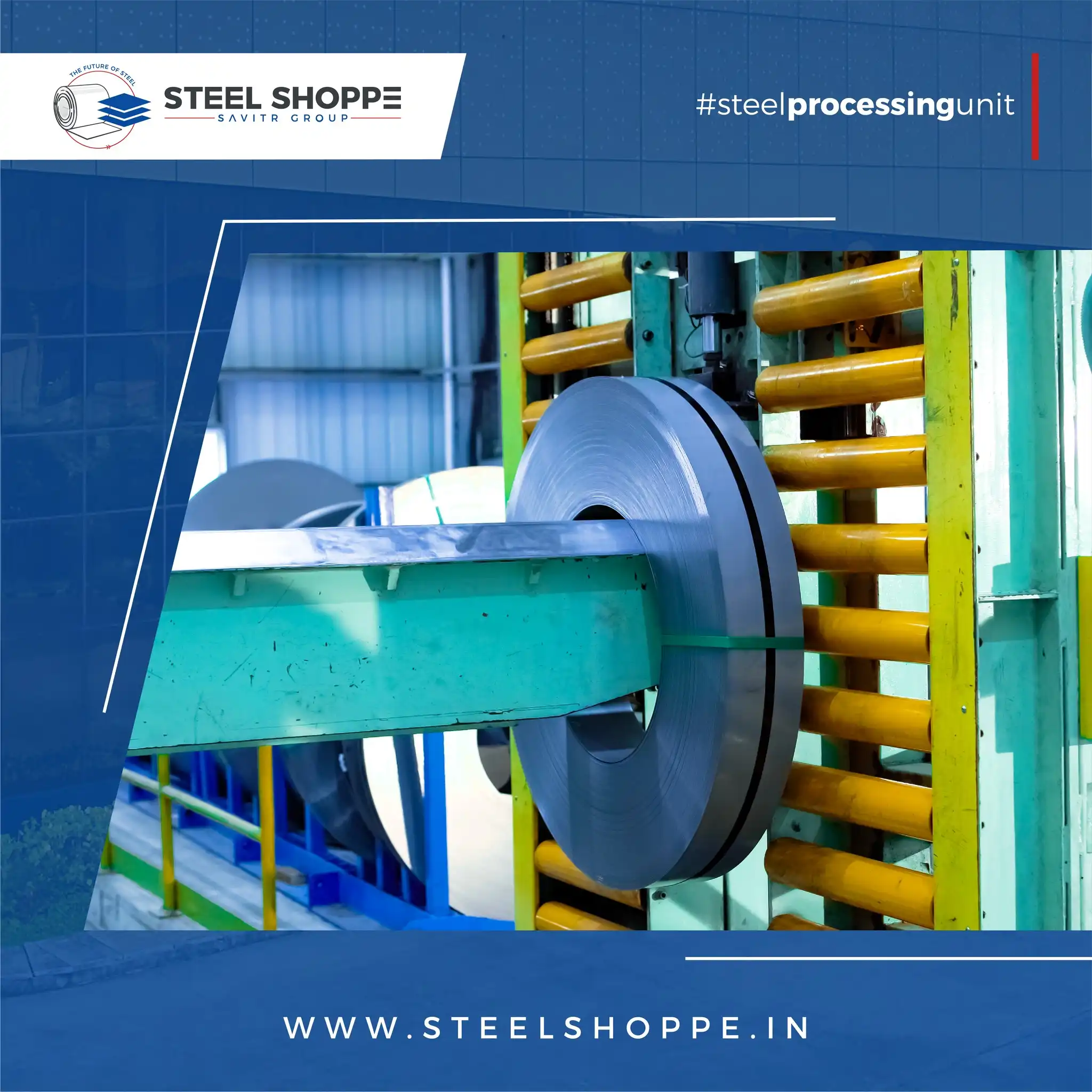What Are the Challenges of Implementing Plastic Pipe Bundling Machines?
Implementing plastic pipe bundling machines presents a transformative opportunity for streamlining operations. However, it’s not without its challenges. From mechanical integration to electrical compatibility, understanding these hurdles is crucial for a successful deployment. Careful planning and execution are essential.
Implementing a plastic pipe bundling machine faces challenges like mechanical compatibility, electrical integration, and operational synchronization. Space constraints, power requirements, and control system interfaces demand careful assessment. Adhering to integration guidelines, conducting rigorous testing, and prioritizing maintenance are crucial for optimal performance and minimal disruptions.
Before diving into the specifics, let’s explore the various challenges that businesses encounter during the implementation process. Understanding these hurdles will equip you with the knowledge to navigate them effectively.
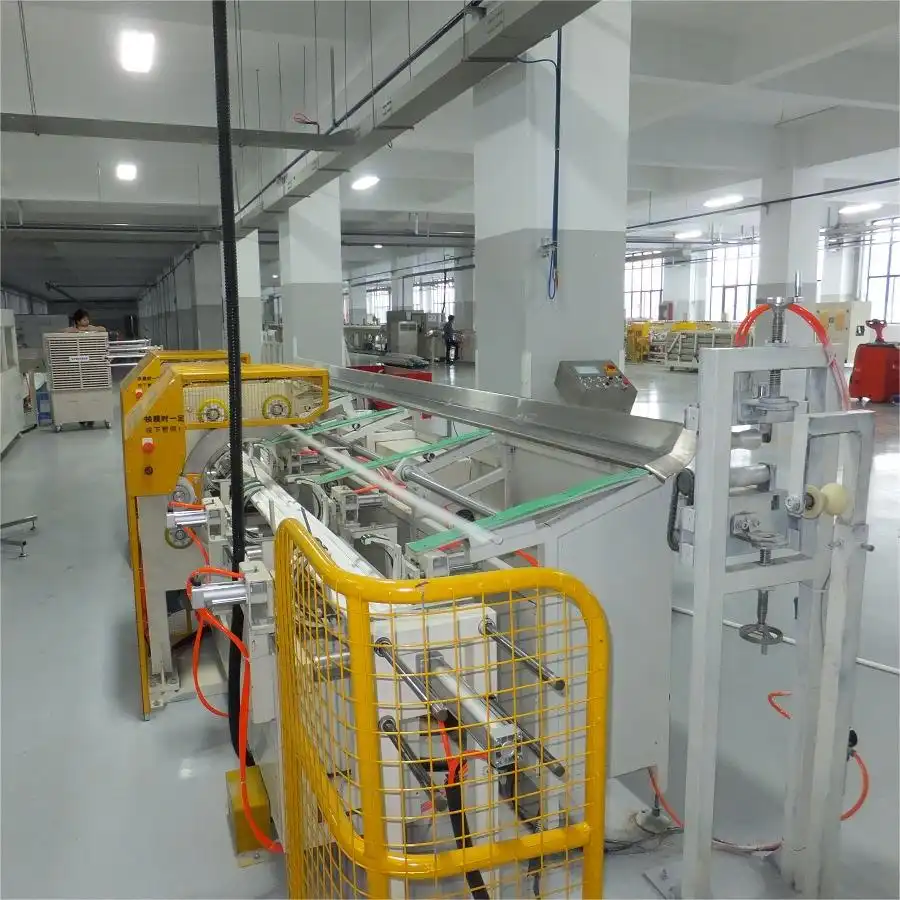
1. Mechanical Compatibility: Ensuring a Seamless Physical Integration
A seamless mechanical integration is vital for any successful plastic pipe bundling machine implementation. It goes beyond merely fitting the machine into an existing space; it is about ensuring it enhances the overall flow and efficiency of your production line.
Mechanical compatibility issues involve assessing the machine’s physical dimensions, conveyor alignment, and material handling systems. Ensuring the machine fits the available space, aligns with existing conveyors, and can handle specified pipe sizes and weights is vital. Addressing these points minimizes disruptions and maximizes efficiency.
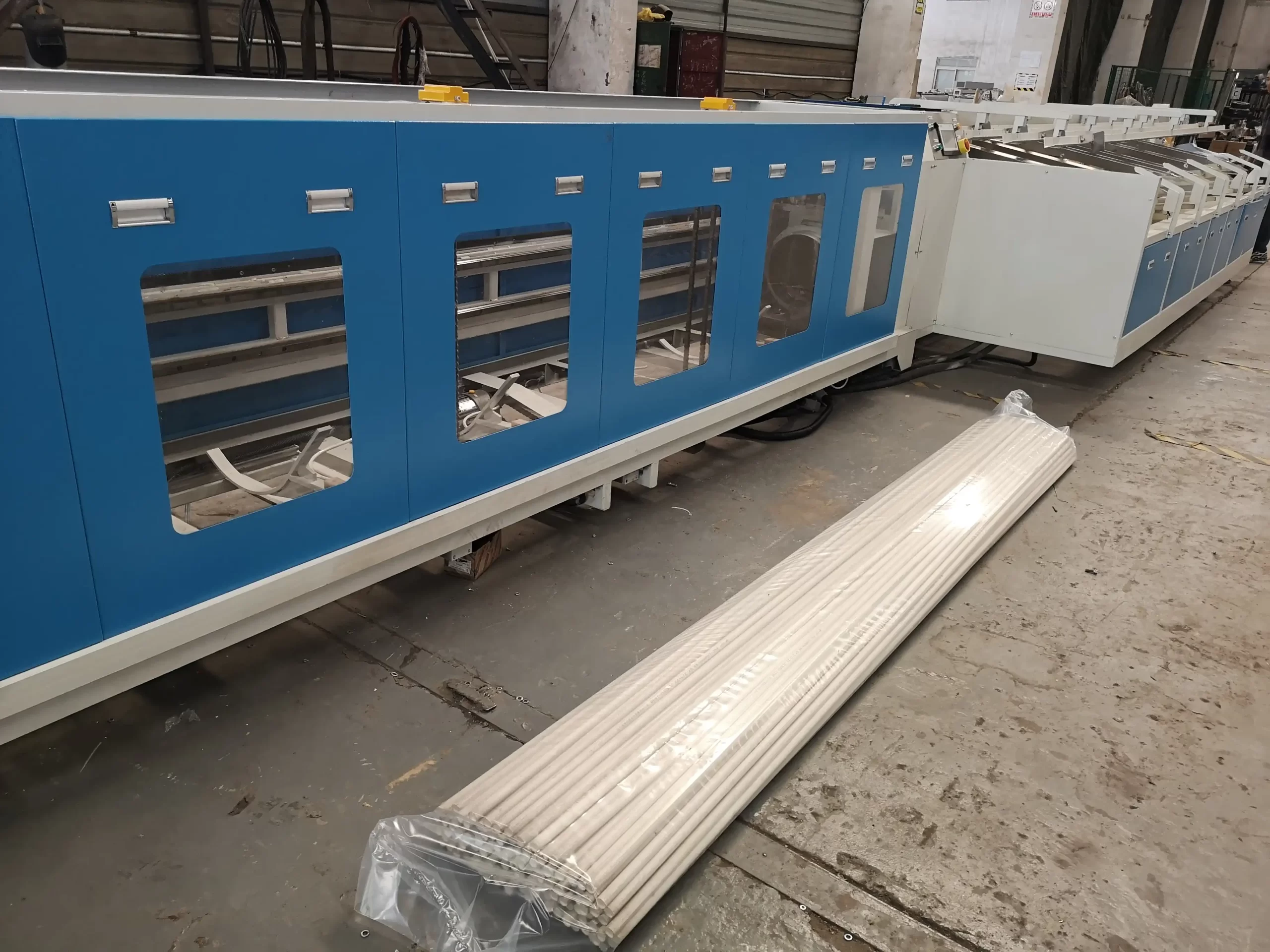
Key Considerations for Seamless Mechanical Integration
Achieving seamless mechanical integration involves detailed planning and precise execution. Let’s break down the critical aspects:
1.1 Physical Dimensions and Space Requirements
Meticulously measuring the available space is the initial step. This involves not just the machine’s footprint, but also the overhead clearance and surrounding areas required for operation and maintenance. Consider the following:
-
Machine Footprint: Accurately measure the length, width, and height of the new machine.
-
Operational Space: Account for space needed for operators to move around, access controls, and perform maintenance tasks safely.
-
Safety Clearances: Ensure adequate safety clearances around moving parts and emergency stops, adhering to safety regulations.
1.2 Conveyor and Transfer System Alignment
Integrating the new machine with existing conveyor and transfer systems is essential for continuous operation. Key factors to consider include:
-
Height Alignment: Verify that the infeed and outfeed heights of the new machine align precisely with the existing conveyors. Height discrepancies can lead to jams, damage pipes, and disrupt the flow of production.
-
Transfer Mechanisms: Evaluate the transfer mechanisms. How will pipes be moved from the existing system to the new machine and back? Common solutions include roller conveyors, belt conveyors, and pneumatic systems. Ensure these are compatible with both the pipes and the machine.
-
Pipe Diameter and Weight: Ensure the transfer system can handle the range of PVC pipe diameters and weights that your facility processes. Overloading the system can lead to failures and costly repairs.
1.3 Material Handling and Support
Proper material handling and support are essential to prevent damage and ensure consistent feeding. This includes:
-
Infeed and Outfeed Support: Adequate support structures should be in place to prevent pipes from sagging or bending as they enter and exit the machine. Proper support prevents deformation and ensures accurate bundling.
-
Cushioning and Protection: Implement cushioning materials or mechanisms to prevent scratches or damage to the pipes during handling. This is particularly important for pipes with sensitive surfaces.
-
Jam Detection: Integrate sensors and jam detection systems to automatically stop the machine in case of issues, preventing further damage and downtime.
1.4 Addressing Mechanical Integration Challenges
Even with meticulous planning, mechanical integration challenges can arise. Here’s a table outlining common issues and their solutions:
| Challenge | Solution |
|---|---|
| Misalignment of Conveyors | Use adjustable conveyor sections to fine-tune height and alignment. Consider custom-built transfer sections to bridge significant gaps, ensuring a smooth transition. |
| Space Constraints | Reconfigure the existing layout, explore vertical integration options, or opt for a more compact machine design. Detailed spatial analysis can reveal untapped potential. |
| Pipe Damage During Transfer | Implement cushioned transfer mechanisms, reduce transfer speeds, and ensure smooth transitions. Regularly inspect cushioning for wear and tear. |
| Inconsistent Pipe Feeding | Install sensors to detect pipe presence and adjust feeding speeds accordingly. Implement a buffer system to ensure a consistent supply of pipes, preventing gaps in production. |
| Vibration and Noise | Install vibration dampeners and soundproofing materials. Regular maintenance of moving parts helps to mitigate excessive vibration and noise, prolonging the lifespan of the machine components. |
| Insufficient Structural Support | Reinforce the floor or install additional support structures to handle the machine’s weight. Consult with structural engineers to guarantee stability. |
By carefully assessing these mechanical aspects, you can ensure a seamless and efficient integration of the new pipe bundling machine, minimizing disruptions and maximizing productivity.
2. Electrical and Control System Integration: Harmonizing the Machine’s Brain
Electrical and control system compatibility ensures the new machine can communicate effectively with existing systems, enabling seamless operation. Without proper electrical integration, the pipe bundling machine won’t function efficiently.
Electrical and control system integration requires matching voltage, current, and wiring configurations. Control system synchronization demands understanding communication protocols and software compatibility. Proper integration minimizes conflicts and ensures a harmonized, efficient production line.
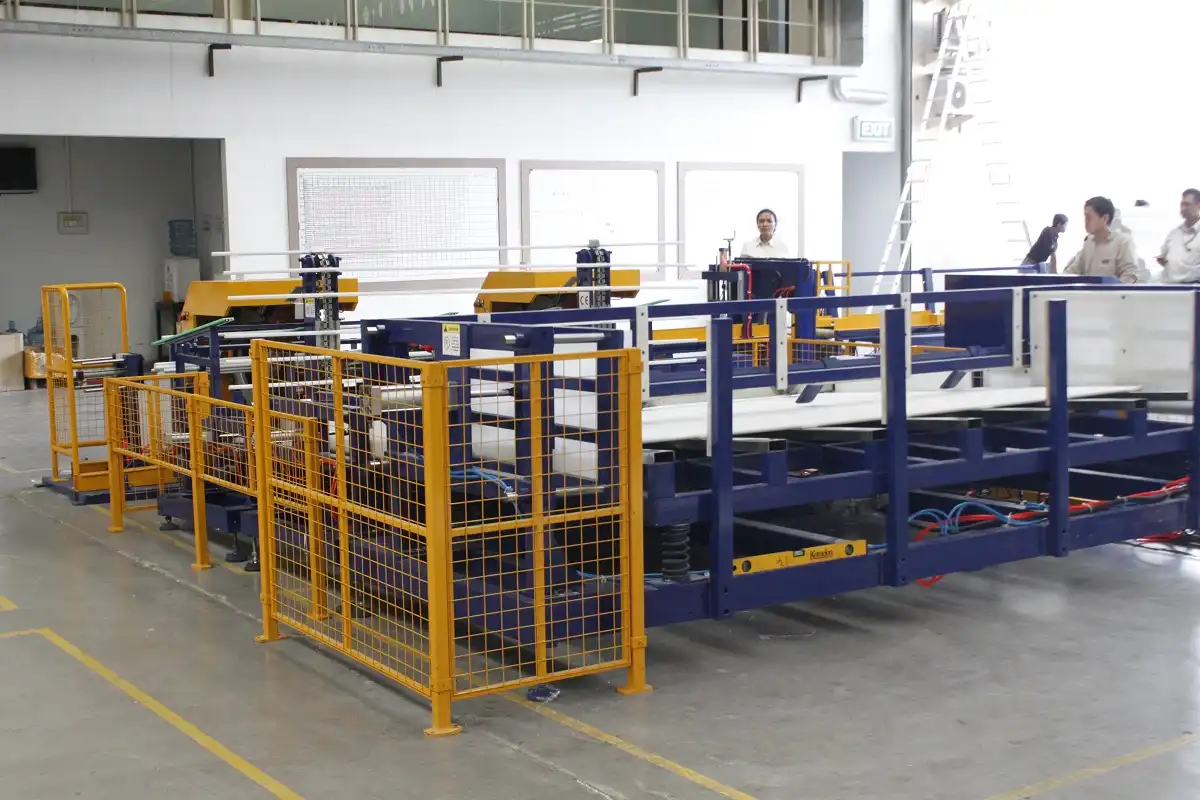
Ensuring Seamless Electrical and Control System Integration
A plastic pipe bundling machine’s electrical and control systems must integrate with existing infrastructure to avoid operational conflicts and maximize efficiency. This involves careful consideration of power requirements, communication protocols, and software compatibility.
- Voltage Compatibility: Verify the machine’s voltage requirements (e.g., 220V, 480V) and ensure they match your facility’s electrical supply. Installing a transformer may be necessary if there’s a mismatch.
- Current Capacity: Check the machine’s current draw and ensure your electrical circuits can handle the load. Overloading circuits can cause breakers to trip or, worse, electrical fires.
- Wiring Configurations: Confirm the wiring configurations (e.g., three-phase, single-phase) are compatible. Incorrect wiring can damage the machine.
- Safety Compliance: Ensure the machine meets all relevant electrical safety standards (e.g., UL, CE). Look for certifications that guarantee adherence to these standards.
- Communication Protocols: Identify the communication protocols used by your existing systems (e.g., Ethernet/IP, Profinet, Modbus). The new machine’s controller must support these protocols for seamless data exchange.
- Software Compatibility: Ensure the new machine’s software is compatible with your existing Manufacturing Execution System (MES) or Enterprise Resource Planning (ERP) systems. Data synchronization is crucial for monitoring performance and tracking production.
- PLC Integration: Programmable Logic Controllers (PLCs) often manage automated systems. If your facility uses PLCs, ensure the new machine can be integrated into the PLC network.
- Sensor Synchronization: Integrate sensors to provide real-time feedback and coordination between the new and existing machines. This can optimize material flow and prevent bottlenecks.
- Surge Suppressors: Install surge suppressors to protect sensitive electronic components from voltage spikes.
- Voltage Regulators: Use voltage regulators to stabilize voltage levels, especially in areas with unreliable power.
- Emergency Power-Off (EPO) Systems: Integrate the new machine into your facility’s EPO system for quick and safe shutdowns during emergencies.
Addressing Integration Challenges
| Challenge | Solution |
|---|---|
| Protocol Mismatches | Use protocol converters or gateways to translate between different communication protocols. Work with a qualified integrator to configure these devices properly. |
| Software Incompatibilities | Update existing software to support the new machine, or use middleware to bridge the gap. Custom software development may be necessary in some cases. |
| Electrical Overloads | Upgrade electrical circuits or distribute the load. Consult with an electrical engineer to ensure your facility’s electrical system can handle the new machine’s power requirements. |
| Interference Issues | Use shielded cables and filters to minimize electromagnetic interference (EMI). Ensure proper grounding to prevent ground loops. |
| Network Security | Implement robust network security measures to protect the control system from unauthorized access and cyber threats. Regularly update security protocols and conduct vulnerability assessments. |
| Data Integration | Develop a comprehensive data integration strategy to ensure that data from the new machine is seamlessly integrated with existing systems. Use APIs and data connectors to facilitate data exchange. |
By meticulously addressing these electrical and control system aspects, you can achieve a fully integrated and efficient pipe bundling operation, minimizing downtime and maximizing throughput.
3. Adhering to Integration Guidelines: Charting a Course for Success
Following integration guidelines is crucial for a seamless implementation. These guidelines encompass pre-installation checks, sequential implementation, comprehensive testing, and documentation. Without them, you risk overlooking critical steps.
Integration guidelines involve pre-installation checks, sequential implementation, testing, and comprehensive documentation. Thorough assessments before installation and tests after are necessary. Sequential implementation helps manage risks, while detailed documentation ensures future reference.
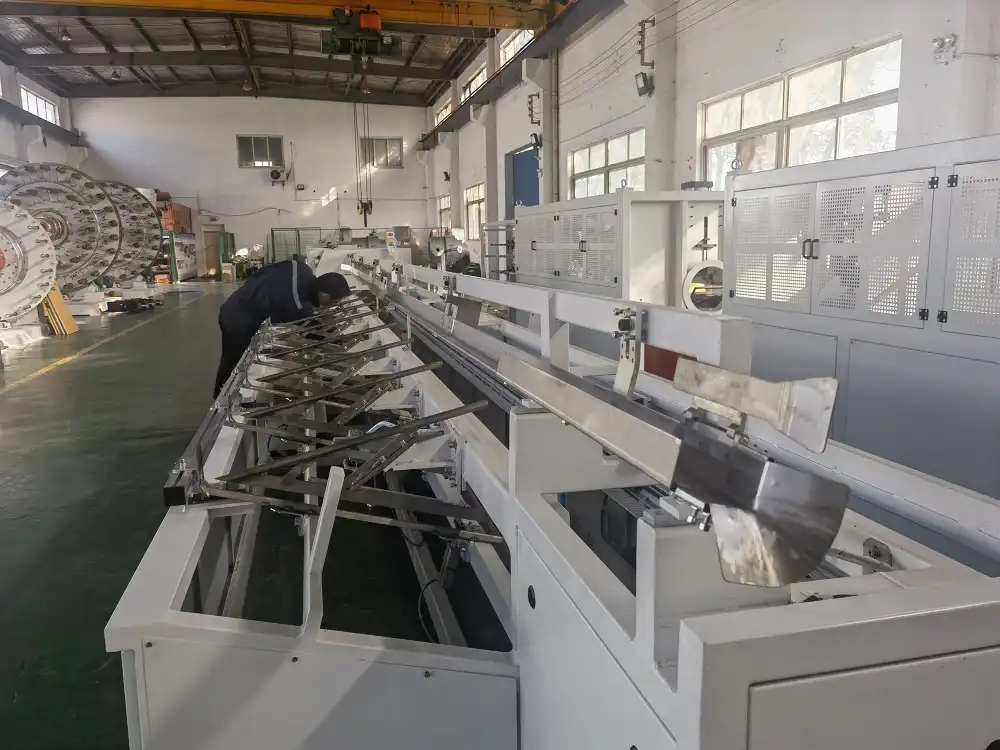
Streamlining Integration through Strategic Guidelines
To guarantee the successful integration of a pipe packaging solutions, adhering to specific guidelines is essential. These guidelines encompass careful planning, structured implementation, rigorous testing, and meticulous documentation.
-
Detailed Site Survey: Conduct a detailed site survey to identify any physical constraints, electrical infrastructure limitations, or environmental factors that may impact the installation.
-
Compatibility Checklists: Develop checklists to verify the compatibility of all mechanical, electrical, and software interfaces. This ensures that all components work together seamlessly.
-
Risk Assessment: Perform a risk assessment to identify potential integration challenges and develop mitigation strategies. This proactive approach can prevent costly delays.
Sequential Implementation
A phased implementation approach minimizes disruptions and allows for early detection of issues. Common phases include:
- Preparation: Prepare the site, including any necessary modifications to the layout, electrical systems, or support structures.
- Installation: Install the machine according to the manufacturer’s specifications.
- Testing: Conduct initial testing to verify basic functionality.
- Integration: Integrate the machine with existing systems.
- Optimization: Fine-tune the machine settings and system parameters to achieve optimal performance.
Comprehensive Testing
Rigorous testing at each stage of implementation is critical for identifying and addressing issues early on. This includes:
- Functional Testing: Verify that all machine functions are operating correctly.
- Performance Testing: Evaluate the machine’s performance under load, including throughput, accuracy, and efficiency.
- Integration Testing: Test the integration with existing systems to ensure seamless communication and data exchange.
- Stress Testing: Subject the machine to prolonged periods of operation to identify potential weaknesses or failure points.
Documentation and Training
Thorough documentation and adequate training are essential for long-term success. This includes:
- Detailed Manuals: Ensure comprehensive operation, maintenance, and troubleshooting manuals are available.
- Training Programs: Conduct training programs for operators and maintenance staff to ensure they are proficient in using and maintaining the machine.
- Version Control: Implement version control for software and configurations to manage changes and prevent compatibility issues.
Example Scenario
Consider this scenario: A company is integrating a new pipe bundling machine into an existing production line. By meticulously following these guidelines, they can ensure a smooth transition and maximize the benefits of the new technology.
First, they conduct a site survey to identify a potential height difference between the existing conveyor system and the new machine. To address this, they plan for a height-adjustable conveyor section to bridge the gap. Secondly, the test phase confirmed a software incompatibility, and it was resolved before integration.
Maintenance schedules:
| Task | Frequency | Description |
|---|---|---|
| Visual Inspection | Daily | Check for loose parts, leaks, and damage. |
| Lubrication | Weekly | Lubricate moving parts as per manufacturer’s instructions. |
| Filter Replacement | Monthly | Replace air and fluid filters to maintain optimal performance. |
| Component Calibration | Annually | Calibrate sensors and control systems for accuracy, ensuring consistent and reliable machine operation. |
4. Prioritizing Regular Maintenance: Sustaining Performance and Longevity
Regular maintenance is vital to ensure the longevity of your pipe bundling machines. Consistent maintenance, inspections, lubrication, and component replacement reduce breakdowns.
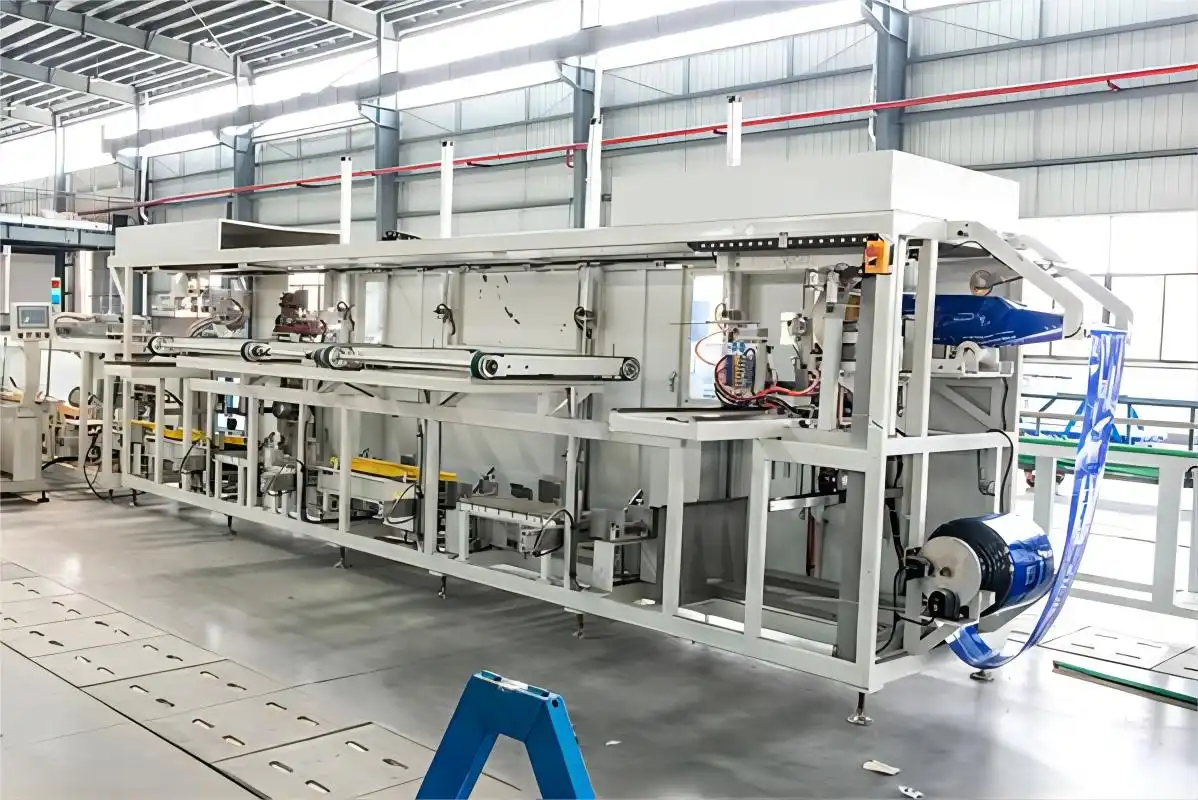
To ensure the longevity of your pipe bundling machines, a few maintenance tactics should be applied. Regular maintenance enhances machine reliability and extends service life. Prevent expensive repairs and optimize the machine’s performance, maintaining bagging efficiency and quality.
Preventative maintenance entails consistent reviews of mechanical and electrical components to ensure proper working order. Routine inspections can identify wear and tear, preventing costly future problems. A regular cleaning schedule prevents buildup that affects performance, while scheduled firmware updates keep systems aligned and up-to-date.
Having a parts supplier on standby to quickly deliver needed components is essential for resuming work promptly. Maintaining an on-hand inventory of wear and tear parts on site saves considerable time during repairs. Qualified technicians, whether on staff or on call, ensure that your system is maintained by individuals who understand its complexities.
Preventative Maintenance Steps:
| Preventative Maintenance | Details |
|---|---|
| Checking all parts | Inspect all components regularly for signs of wear, damage, or corrosion. Tighten any loose connections and ensure that all parts are functioning correctly. |
| Replace when necessary | Replace worn or damaged parts promptly to prevent further damage and downtime. Keep a stock of commonly used spare parts on hand for quick replacements. |
| Lubricating the parts | Lubricate all moving parts according to the manufacturer’s recommendations. Use the correct type of lubricant and apply it regularly to reduce friction and wear. |
In conclusion, ensuring a seamless pipe bundling machine implementation requires careful consideration of mechanical, electrical, and operational compatibility. Thorough assessments, strategic implementation, proactive maintenance, and effective troubleshooting are crucial. A well-integrated machine optimizes production and enhances the reliability and longevity of your bundling processes. By addressing these key aspects, you can unlock the full potential of your new equipment and achieve significant gains in efficiency and productivity.

